Simple Second-Order Motion Demos
Below are a number of very basic stimuli. These animated gifs show a couple of moving columns of random pixels on a random pixel background.
In the first-order motion case (C-line) the columns are displaced one pixel each frame. The moving pixels occlude the background pixels. However, when the motion is stopped (click on the stop button of your browser and reload to view the movement again) the column is perfectly camouflaged and indistinguishable from the background.
All that occurs in the Mu-line case is that each frame a successive column of pixels is refreshed, that is each pixel in the column is randomly given a new value (dark or bright). This yields a clear percept of motion and the resulting line (although vague) seems at least as thick as the Single C-line. This is surprising, since the Mu-line has (expressed in pixels) a thickness of zero.
The Single F-line can be seen as two consecutive Mu-lines, but where the pixels are reset to their original values by the second Mu-line. This Flicker line is also a second-order motion stimulus and resembles the C-line as well. The pixels of the column(s) are displaced one pixel each frame, but in addition they are randomly assigned a new (dark or bright) value. However, this stimulus is visible when stationary if refreshing the pixels continues (stationary F-line).
C-line
(coherently moving random-pixel-line)
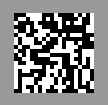
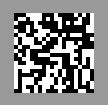
Simple First-Order motion stimulus
Mu-line
(every frame, one column refreshed)
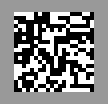
Second-Order motion stimulus,
First described by Lelkens & Koenderink
Vision research, 24, pp.1083-1090 (1984)
F-line
(flickering and moving random-pixel-line)
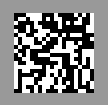
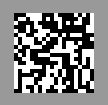
Second-Order motion stimulus
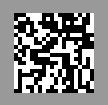
Second-Order (dynamic) texture

